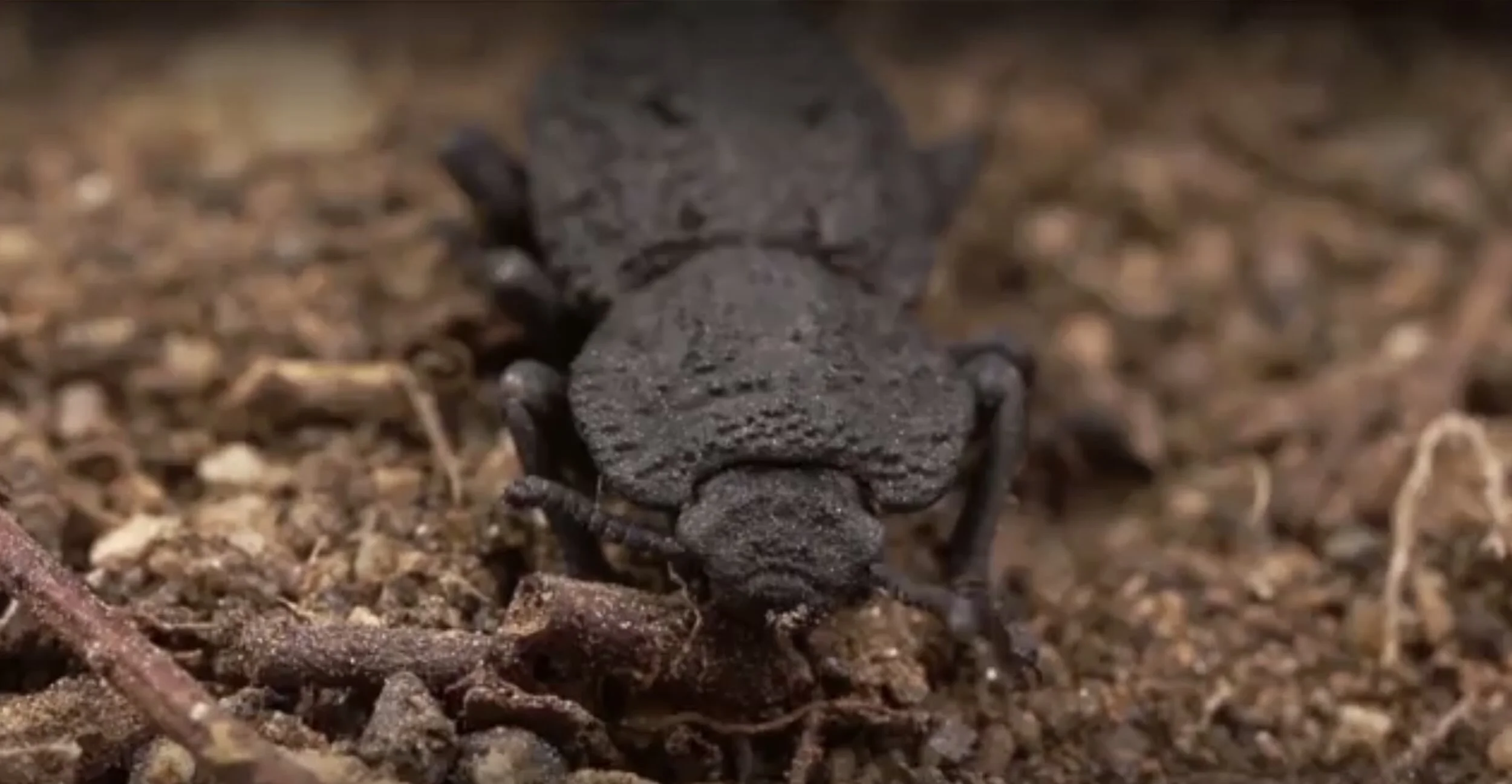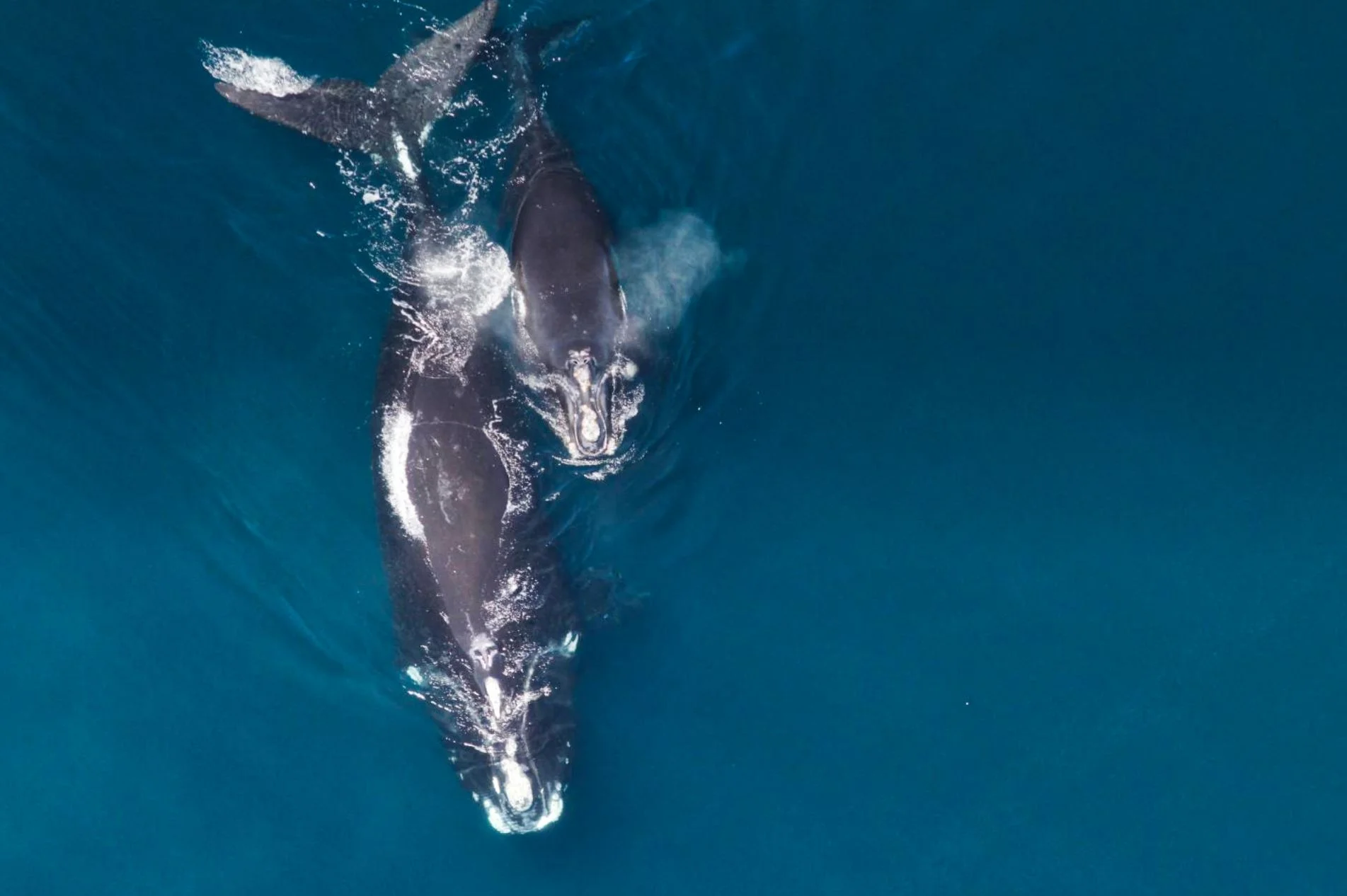An international research team led by Wageningen University & Research and the University of Göttingen has mapped the phylogenetic family tree of stick insects and leaf insects. Such a family tree shows how different species originated from each other. Stick insects are known for their unusual appearance and their ability to disguise themselves as a branch or leaf. Moreover, they are one of the oldest animal species on earth.
A well-camouflaged stick insect hidden in plain sight - Image Credit: Fir0002 via Wikimedia Commons - HDR tune by Universal-Sci
The research reveals that the oldest stick insect lineage came into existence after dinosaurs became extinct (approximately 66 million years ago). Hence it is likely that the camouflage properties of stick insects developed after that period; as a defense against the (now dominant) mammals and birds.
Dr. Sabrina Simon, one of the researchers, explains in a Wageningen press release that up until now, the early stages of evolution of stick insects were still unexplored territory. More than 2,000 genes of 38 species were analyzed in this study enabling the scientists to trace the origin of even the oldest ancestry lines of stick animals.
Incredibly diverse but still family
The scientists contradicted earlier assumptions that stick insects that look alike would also be genetically related. Instead, it appears that geographic distribution patterns say more about genetic relationships than anatomical similarities. For instance, many current species of flamboyant stick insects are descended from one particular Madagascarian species that colonized the island some 45 million years ago.
A leaf insect, also hiding in plain sight - Image Credit: Drägüs via Wikimedia Commons - HDR tune by Universal-Sci
Investigating the impact of insects on ecosystems
The scientists asserted that it would take a while before the entire genetic data set is thoroughly analyzed. That is why they expect to gain even more insight into the functions of various discovered genes in the coming period. Dr. Simon ultimately underlines the importance of this by stating that studying insect ecology and evolution is becoming increasingly important. The list of so-called "pests" is growing, while other insects are on the verge of extinction. Only through reliable phylogenetic research can scientists determine the impact of insects on ecosystems.
Sources and further reading: Six-legged success stories, Current Biology - Wageningen University & Research Biosystematics Group
If you enjoy our selection of content please consider following Universal-Sci on social media:

















